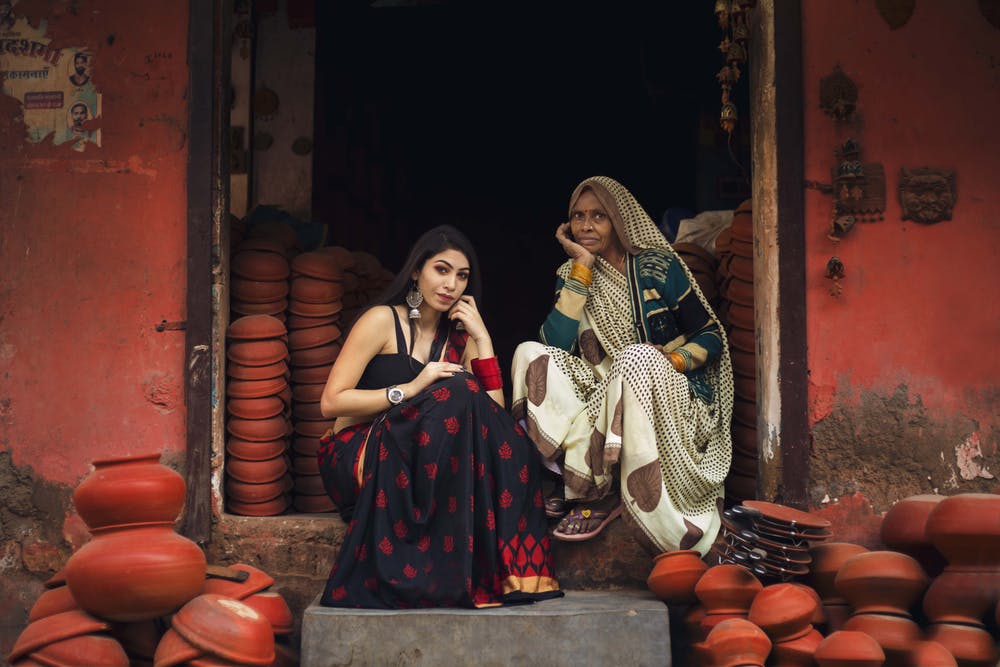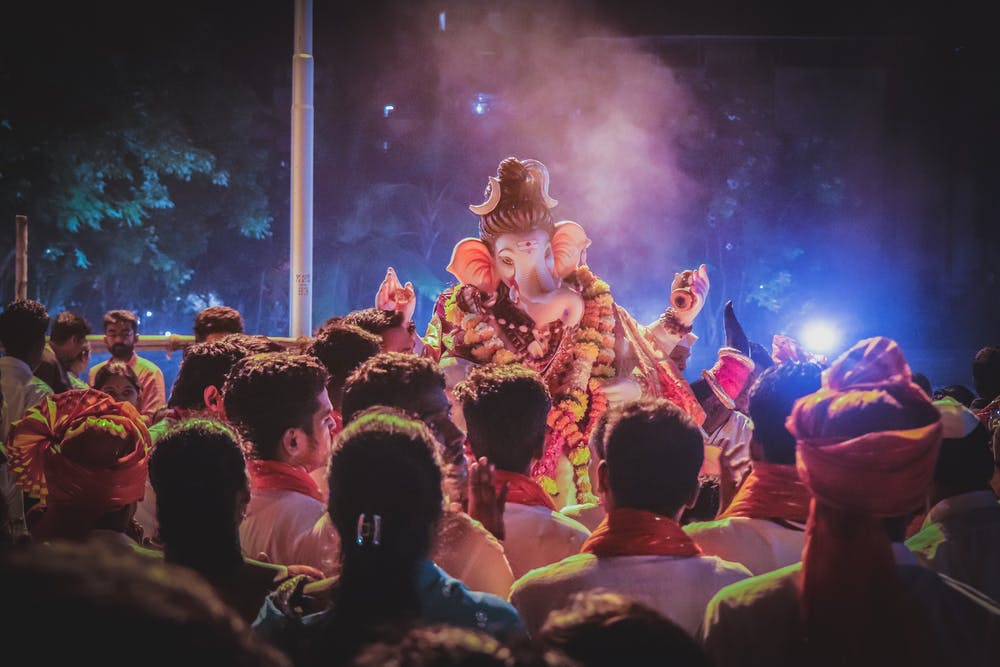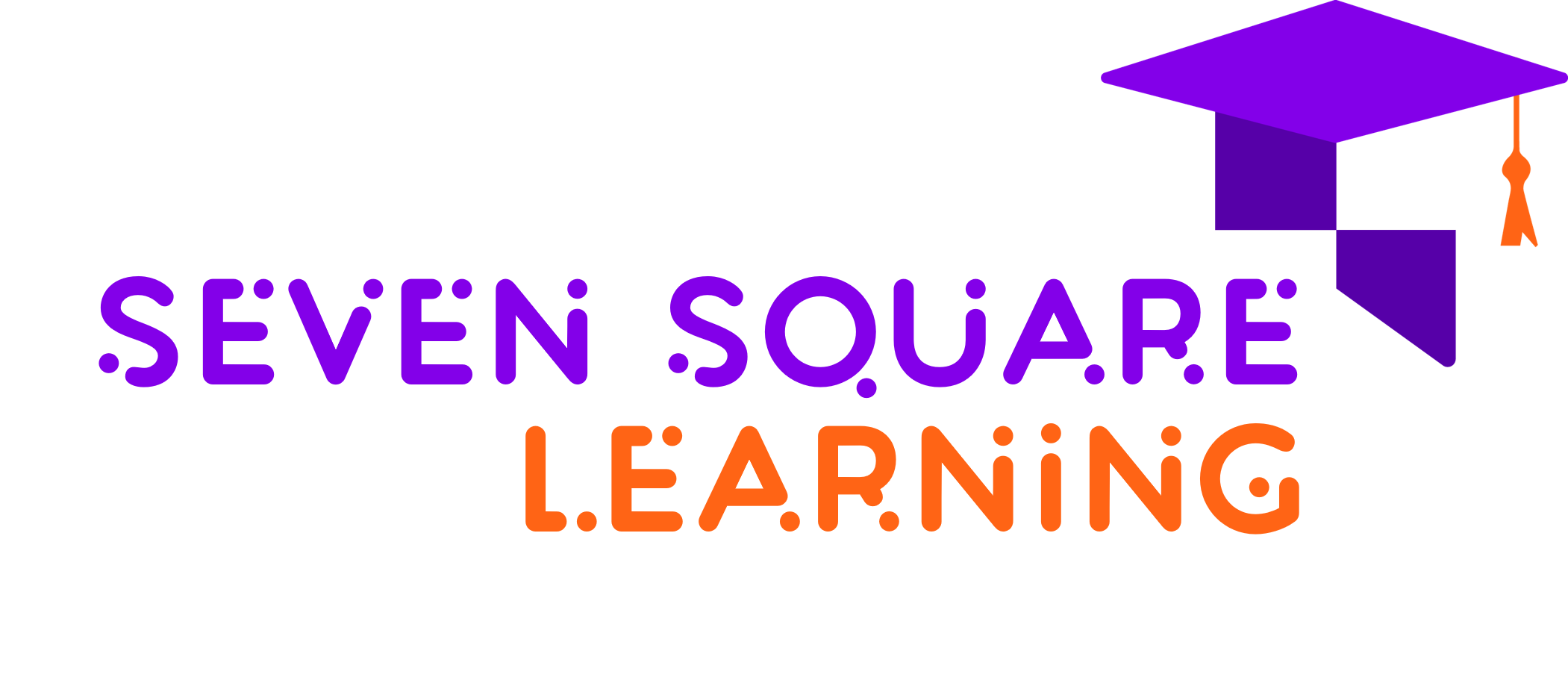Every year a good number of students from around the globe come to India for various student exchange programs and to experience what Indian education is all about. India is home to the world’s second-largest higher education system on the globe which makes it incredibly appealing to international students. India has a lot to offer – culturally as well as academically.

Overview of Indian Education
Presently, there are four main levels of schooling in Indian education namely –
- Pre – Primary Education
- Primary Education
- Secondary Education
- Higher Secondary Education
Pre – Primary in Indian education consists of children of the age group from 2 to 6 years. It’s further divided into four parts – Playgroup or Pre – Nursery, Nursery, Junior Kindergarten, and Senior Kindergarten.
Primary education covers children aged 6 to 14 years and is bifurcated into levels that are lower primary consisting of grades I to IV and upper primary also known as middle school consisting grades V to VIII.
Students of the ages from 14 to 18 years make up the Secondary Education of India. These high school years are split into two parts – grades IX and X and grades XI and XII is also known as senior secondary.
Classes X and XII have standardized nationwide examinations referred to as “board exams” as thereby specific boards like CBSE Board, ICSE Board, and State Board(each state has its board) that control these exams and also the curriculum for the secondary education classes.

In Indian education, students appearing for the class 10 exam commonly take six subjects: English, Mathematics, Social Studies, Science, one language, and one voluntary subject depending on the availability of teachers at various schools. Elective subjects often involve Computer Applications, Economics, Physical Education, Commerce, and Environmental Science. Students appearing for the class 12 examination ordinarily take four or five subjects with English or the regional language being mandatory.
Students re-enrolling in most secondary schools after grade 10 in the Indian education system have to choose by picking a “core stream” in addition to English or the local language: Science (Mathematics/Biology, Chemistry, and Physics), Commerce (Accounts, Business Studies, and Economics), or Humanities (any three of History, Political Science, Sociology, Psychology, Geography depending on the school).

These board exams are crucial in India as further college admissions are done based on the results of the board exams. Some colleges conduct their entrance exams for admissions while some don’t.
Why choose Indian Education?
Foreign students choose to study in India for its cultural diversities and affordable education. India has a large number of English medium schools which offer to learn in English and easy communication with teachers and other fellow students eradicating any sort of language barrier. There is no need of learning a second language. Moreover, the cost of living here is very less as compared to other countries.
India provides flexible and economical accommodation, food expenses are also low – cost and tuition fee is also nominal. Students come to India for exchange programs mainly because of the richness of culture and diversities that can be seen in no other country. Indians practice a belief called ‘Athithi Devo Bhava’ which literally translates to ‘A Guest is God’.

The majestic history of India gives students different perspectives on how they see the world. They develop self – awareness and have a better understanding of humanity by experiencing Indian culture and life. Students develop spiritual beliefs and inculcate various values which were previously unknown to them through Indian Education. They have a multilingual experience and get to know about India’s traditions and the endless number of festivities taking place throughout the year.

Indian food has been influenced by many civilizations over the centuries and is known for its spiciness. From north to south to east to west, every region has its delicacies to indulge in. Each dish is distinct in flavor, ranging from the sharpest to the subtlest. Students get to attend Indian weddings which is a wholesome experience in itself. The ‘Big-Fat-Indian-Wedding’ is a must-see event, and no trip to India is complete without beholding one.

Students discover good classical music, be a part of the infamous “Navratri” dance festival which lasts for nine days and can also attend world-class classical concerts and see various plays, visit temples, meet saints, have amazing food from every corner of the country and so much more. If you’re looking for a confounding student exchange experience, India is the most appropriate choice.





